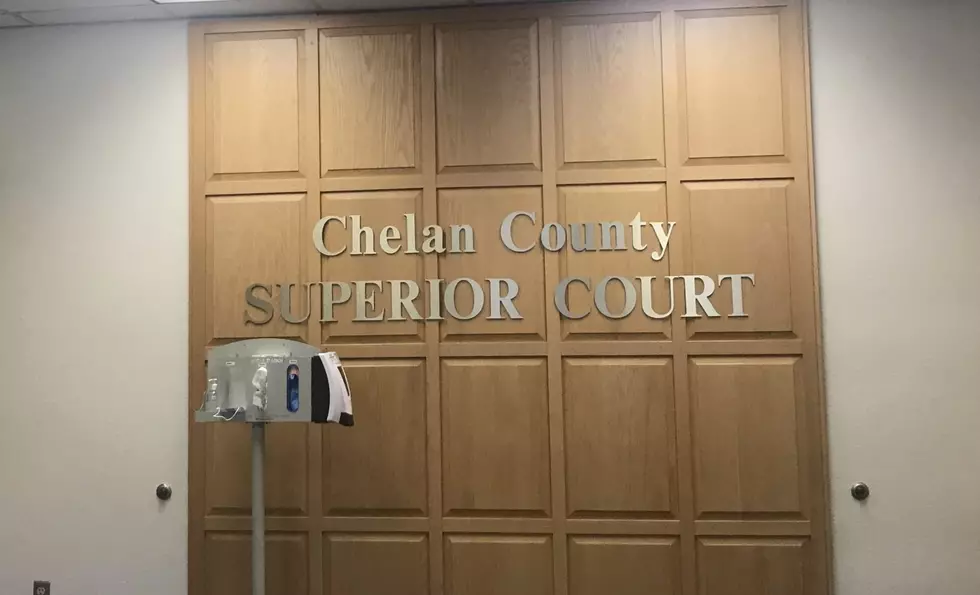
Grant PUD Proposing New Transmission Lines to Improve Service in Quincy Area
Grant County Commissioners are considering a $140 million project to increase capacity and reliability in the Quincy area.
PUD staff made a public presentation this week of the Commissioners Tuesday presented commissioners with their preferred routes for three new transmission lines that will increase electrical capacity and improve reliability.
They claimed that the Quincy Transmission Expansion Plan would generate more than three times the megawatt power needed to cover peak demand in the area
Construction on the three lines would begin in 2026, with service to begin in early 2028.
A fourth line in the expansion plan would be approved over the next year.
The transmission lines and their preferred routes are:
- Columbia to Mt. View Substation: Alternative 2 chosen out of three total alternatives. The route begins at Road S SW in Western Quincy and runs 3.2 miles to the Mountain View Substation off of Road 5 NW. The chosen route is the shortest. It would pass along existing agricultural roads and cross the smallest number of private land parcels at 12. It also avoids the less-secure option of locating the line in the same right-of-way as two existing transmission lines. At an estimated $6 million, it's virtually the same cost as the other options.
- Monument Hill to Rocky Ford: Connects the Mountain View Substation, off of Road 5 NW, to the proposed new Monument Hill Switchyard at Road 11 NW and Road O NW. Alternative 2 was chosen of four options. The route begins on Road 13 NW and continues south along Road C NW to the proposed switchyard site. The route is the shortest at 2.3 miles, the least expensive at approximately $4 million and is already partly on Grant PUD right-of-way. It also crosses the smallest number of private land parcels at seven.
- Monument Hill Loop #1: Would connect the future West Canal Substation off of Road O NW to the North Quincy Substation at Road P NW and Road 11 NW. With the addition of the future Monument Hill Switchyard, connections will be established to form an energy-supply "loop," improving reliability. Alternative 1 was selected out of three options. The route is the shortest at 1.4 miles, the least expensive at $4 million and avoids railroad and irrigation canal crossings
More From NewsRadio 560 KPQ









